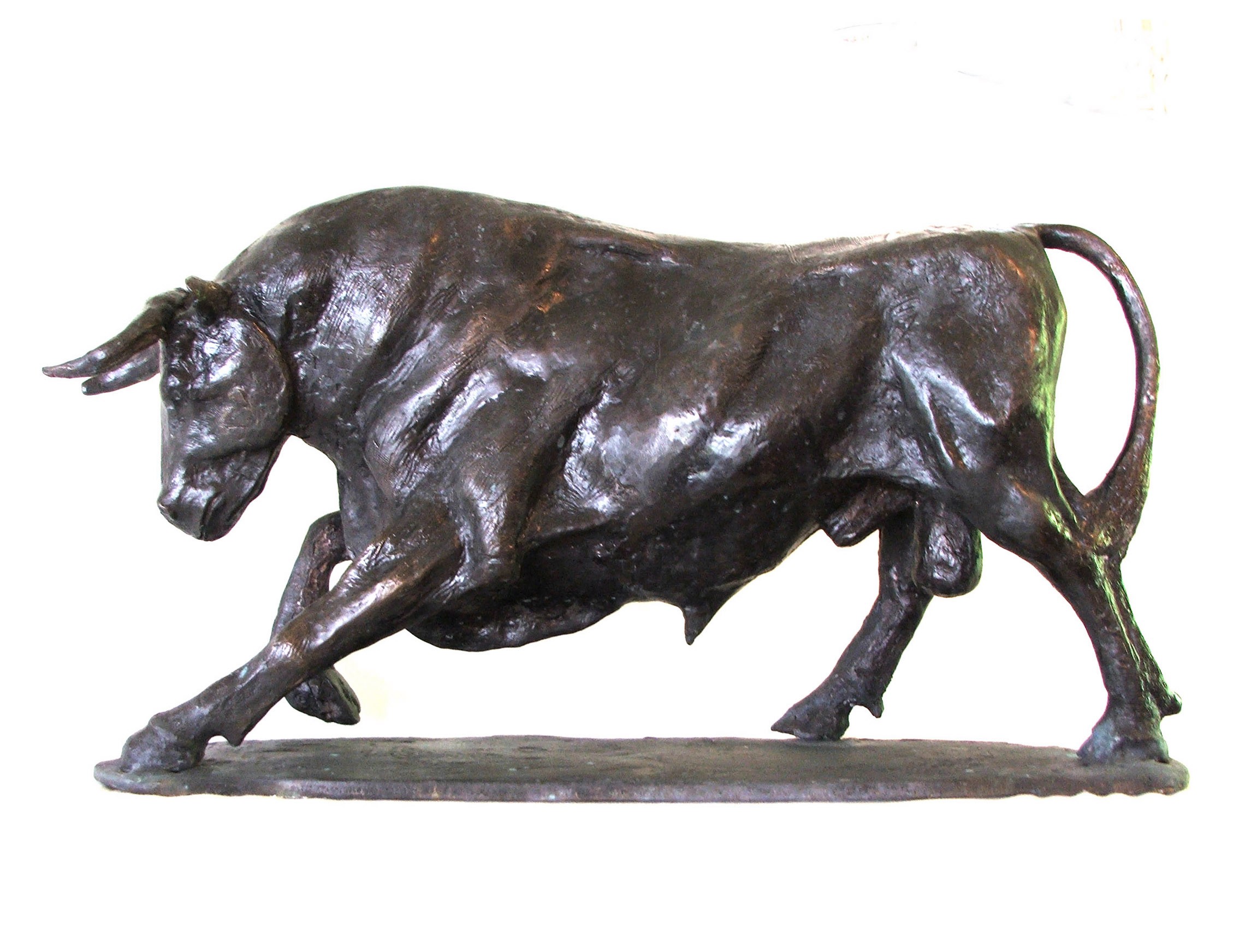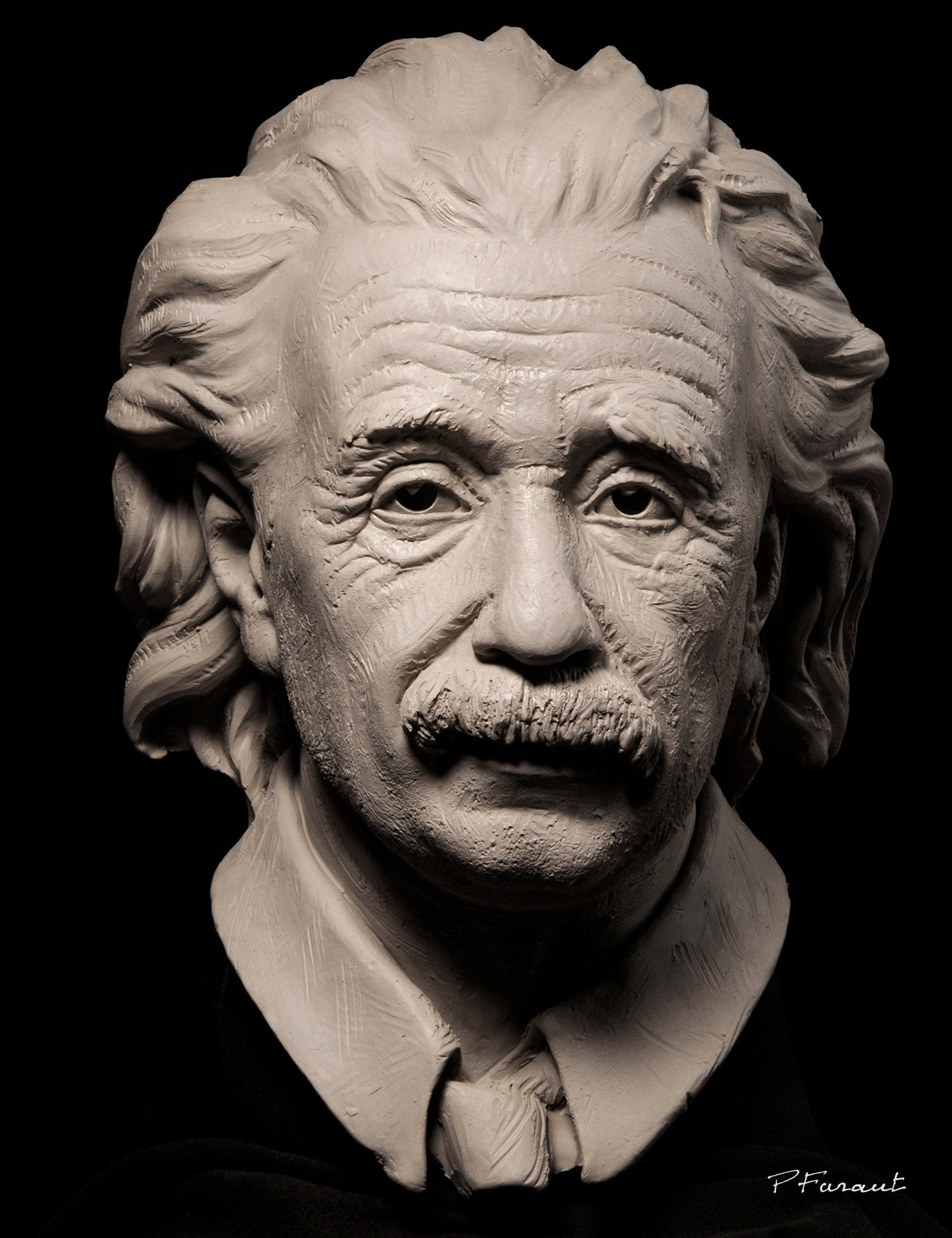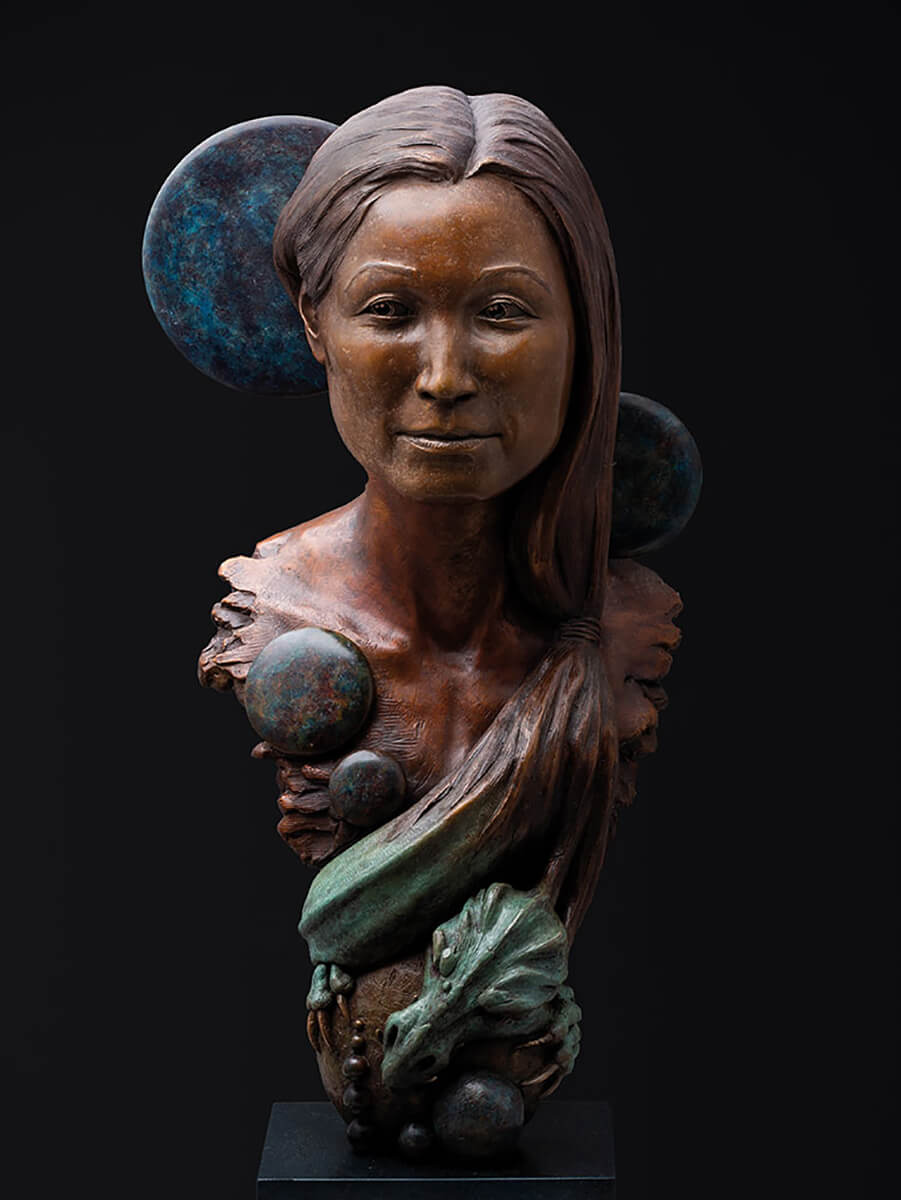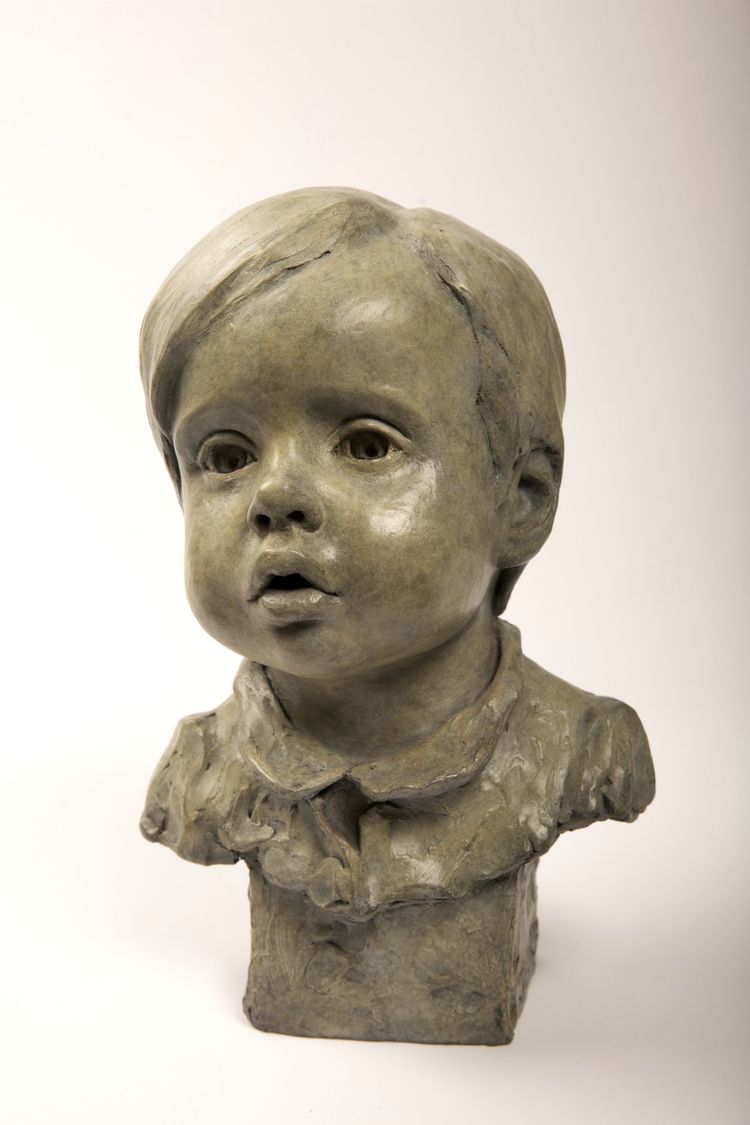The Evolution of Sculptures: From Old to Modern
The Development of Sculptures: From Ancient to Modern. Robert C Hitchcock Sculptor.
Sculpture, among the earliest forms of art, has actually been an essential part of human civilization for centuries. From the ancient human beings of Egypt and Greece to the modern age, sculptures have actually evolved, mirroring adjustments in creative techniques, products, and cultural impacts. This journey with time traces the growth of sculptures, checking out the changes in design, subject, and creative expression.
Beginning with the old globe, sculptures crafted from rock and later bronze recorded the significance of divine beings, rulers, and day-to-day life. The Renaissance duration observed a rebirth of classical sculpting methods, as musicians looked for to imitate the elegant kinds of old Greek and Roman sculptures (Equine Sculptures). In the contemporary age, artists challenged standard boundaries, embracing abstraction and experimentation with new products
This exploration will certainly dive right into the varied advancement of sculptures, exposing the abundant tapestry of artistic expression throughout different durations and cultures.

Ancient Sculptures: From Stone to Bronze
Old sculptures transitioned from being sculpted out of rock to being cast in bronze. Stone sculptures, while impressive in their own right, were restricted by the nature of the product. Portrait Sculptor.
The intro of bronze as a tool for sculptures produced a revolution in creative expression. Bronze offered artists the possibility to develop realistic and detailed forms that were not possible with stone. The procedure of casting bronze enabled the production of numerous duplicates of a sculpture, making it possible for wider distribution and preservation of these creative masterpieces.
The transition from stone to bronze also saw a change in the subject matter of sculptures. While stone sculptures primarily portrayed gods, goddesses, and mythical figures, bronze sculptures started to reflect a wider variety of subjects, consisting of day-to-day individuals and animals. This development of subject showcased the flexibility and versatility of the bronze medium.
Renaissance Resurgence: Sculpting in the Classical Design
The Renaissance rebirth of sculpture experienced a resurgence in the classic design, structure upon the innovations made during the change from rock to bronze in old sculptures. During this duration, artists looked for to recreate the timeless aesthetic and ideals of appeal that were prevalent in ancient Greek and Roman sculptures.
Among the key features of the Renaissance rebirth was the emphasis on naturalism and the human kind. Artists like Donatello and Michelangelo make every effort to record the physiological details and expressions of their subjects with extraordinary accuracy. They researched the human body and included their observations right into their sculptures, leading to realistic and realistic representations.
Another vital element of the Renaissance rebirth was the exploration of point of view and depth. Musicians used strategies such as contrapposto, where the weight of the body is shifted away, producing a sense of motion and dynamism. They additionally explored with various materials, including marble and bronze, to attain a level of class and intricacy in their sculptures.

Innovation and the Avant-Garde: Breaking Conventional Boundaries
During the Innovation and Avant-Garde movements, carvers pushed the limits of typical creative conventions. This duration, which emerged in the late 19th and very early 20th centuries, saw a dramatic change in the way artists approached sculpture. Declining the notion of art as mere imitation, modernist carvers looked for to explore brand-new kinds, products, and ideas.
Among the essential characteristics of modernist sculpture was the emphasis on abstraction. Carvers relocated far from reasonable representations and instead concentrated on catching the significance of the topic through simplified types and geometric shapes. This departure from standard depiction permitted musicians to share their feelings and concepts in a more personal and subjective fashion.

Contemporary Sculptures: Exploring New Materials and Concepts
With a concentrate on checking out brand-new products and principles, modern sculptures have revolutionized the field of art. Artists today are pushing the limits of conventional sculpture by making use of cutting-edge products and trying out with abstract ideas. These sculptures challenge traditional concepts of significance, type, and materiality, inviting visitors to participate in a brand-new and provocative creative experience.
Contemporary artists are accepting a large range of materials, consisting of plastic, glass, steel, and also raw material. They are not limited to the traditional tool of rock or clay, enabling higher freedom of speech and experimentation. This shift in the direction of unusual products has opened new possibilities for musicians to create sculptures that are dynamic, interactive, and aesthetically striking.
In addition to exploring new products, modern sculptures likewise delve into complex and abstract ideas. Musicians are currently discovering motifs such as identification, social concerns, and the setting, making use of sculpture as an effective tool for social commentary and self-contemplation. These sculptures test viewers to assume seriously and engage with art on a deeper level, triggering conversations and provoking psychological reactions.
Global Impacts: Sculptural Customs From All Over The World
Sculptural customs from various areas of the world have substantially shaped the development of sculptures throughout background. The worldwide influences on sculpture have actually varied and have added to the richness and variety of creative expressions. From the old civilizations of Egypt, Greece, and Rome to the detailed carvings of Oriental cultures, each area has actually developed its unique sculptural practices that have affected artists across time.
In ancient Egypt, sculptures were produced mostly for spiritual and funerary objectives. The iconic sculptures of gods and pharaohs, such as the Great Sphinx and the bust of Queen Nefertiti, display the Egyptians' mastery of stone sculpting and their idea in the immortality.

In old Rome, sculpture offered both imaginative and political purposes. Roman sculptures commonly depicted emperors, generals, and mythological numbers, mirroring the power and grandeur of the empire. The marble sculpture of Augustus of Prima Porta and the significant Arch of Constantine are notable examples of Roman sculptural success.
Eastern sculptural practices, specifically right here in India, China, and Japan, have also had an extensive effect on the development of sculptures. Japanese sculptures, influenced by Buddhism, emphasize simplicity and harmony, seen in the tranquil sculptures of Buddha and the sophisticated art of bonsai.
The worldwide influences on sculpture remain to advance in the modern age. Musicians today draw ideas from numerous sculptural practices, including brand-new products, strategies, and principles to create provocative and ingenious art work. The blend of various social influences has generated a diverse and vibrant sculptural landscape, mirroring the interconnectedness of our global culture. As we seek to the future, it is certain that the global impacts on sculpture will certainly continue to form and redefine this ancient art type.
Final Thought
Finally, the advancement of sculptures has seen a change from ancient rock and bronze works to the timeless revival throughout the Renaissance. This was complied with by the breaking of traditional borders through modernism and the avant-garde activity. Today, contemporary sculptures check out brand-new products and principles, while additionally drawing inspiration from international sculptural customs. The journey of sculptures reflects the ever-changing imaginative expressions and cultural influences throughout history.
From the ancient human beings of Egypt and Greece to the modern age, sculptures have actually evolved, reflecting changes in artistic strategies, materials, and cultural impacts.Starting with the ancient world, sculptures crafted from stone and later bronze recorded the essence of divine beings, leaders, and day-to-day life.Ancient sculptures transitioned from being carved out of rock to being cast in bronze. While rock sculptures mostly shown gods, sirens, and mythological numbers, bronze sculptures began to show a more comprehensive variety of subjects, consisting of daily individuals and pets.In conclusion, the advancement of sculptures has actually seen a change from ancient rock and bronze works to the classical rebirth during the Renaissance.